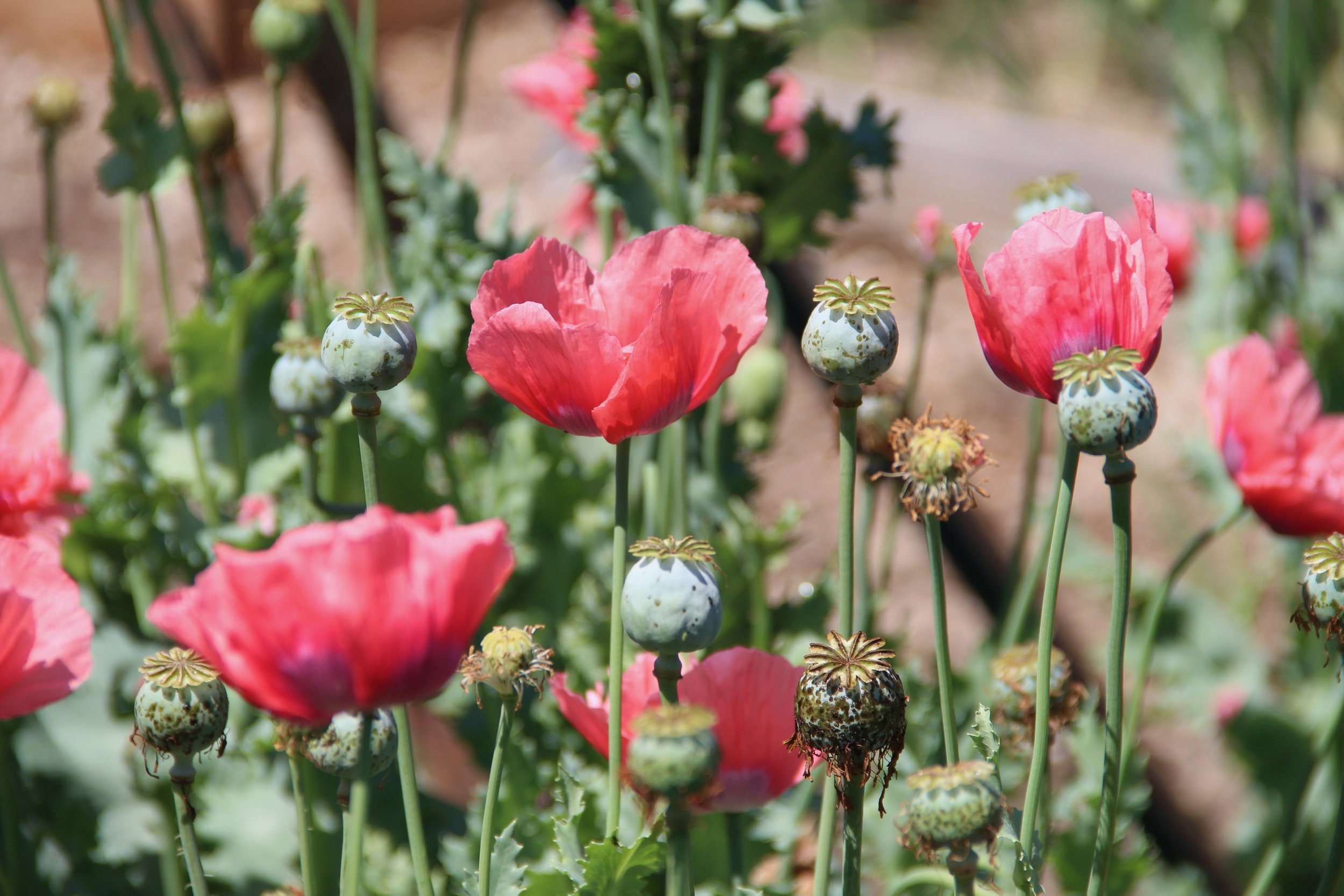In the “Bloomberg Prognosis” newsletter, there’s an article that totally disappoints me: Does My Positive Home Test Get Tracked?
There’s no consistency in tracking at home Covid tests that are positive– and it’s known that people are willing to share their results.
You know what would be great right now? Creating a system to track tests and results so we are more prepared for future outbreaks. The best way to do better in the future is to prepare! (I can’t help but think I’m stating the obvious.)
It seems bizarre to me that there’s plenty of evidence that planning is kind of EVERYTHING.
I googled “Why planning is important” and the internet provides a veritable overflowing cornucopia of links. I chose a random site and they have a great top 10 list.
Look at this! Planning helps you:
Set appropriate goals
Breaks down a problem or goal into smaller pieces
Reveals weaknesses and strengths
Increases certainty and confidence
Increases efficiency
Reduces risk
Increases credibility
Encourages creativity
Improves decision making
So, by not using data we have at hand, we’re leaving ALL THIS on the table. Isn’t it tragic that our country has, comparatively, one of the largest coffers of money and can’t make use of information that’s basically hanging off trees like ripe apples?
Laziness? Disorganization? Bipartisanship? I can’t begin to think of where the blame lies. I just know I never want to behave like this– turning my back on useful information is reprehensible.
Do you feel the same? Let’s work together to avoid missed opportunities of all sizes.



